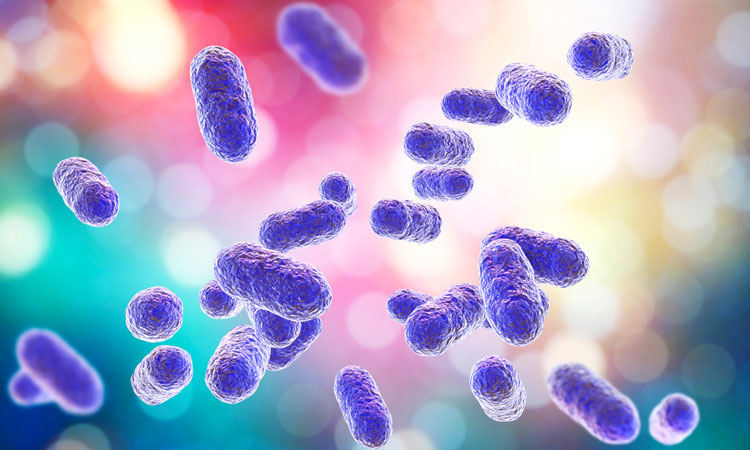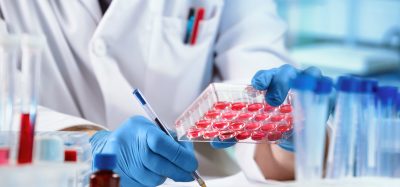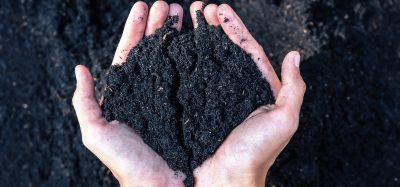The inner workings of environmental bacterium
Posted: 13 October 2023 | Taylor Mixides (Drug Target Review) | No comments yet
Researchers have achieved profound insights into the inner workings of a prevalent environmental bacterium.


A team led by Professor Dr Ralf Rabus, a microbiologist at the University of Oldenburg, in collaboration with his doctoral student Patrick Becker, has achieved profound insights into the inner workings of a prevalent environmental bacterium. The scientists meticulously examined the entirety of the metabolic network within the bacterial strain Aromatoleum aromaticum EbN1T, and they utilised the findings to formulate a metabolic model capable of predicting the microorganisms’ growth across various environmental circumstances.
As detailed in their research report published in the scientific journal mSystems, their analysis highlighted unexpected mechanisms that apparently equip these bacteria to adapt swiftly to shifting environmental conditions. These findings hold substantial significance for ecosystem research, where the Aromatoleum strain, representing a crucial group of environmental bacteria, can function as a model organism. Furthermore, these insights may prove valuable in efforts to remediate contaminated sites and for applications in biotechnology.
The bacterium under scrutiny specialises in the utilisation of recalcitrant organic compounds and is typically found in soil and aquatic sediments. These microorganisms thrive under diverse conditions, encompassing oxygen-rich, oxygen-depleted, and oxygen-free layers. Moreover, they exhibit remarkable versatility in nutrient intake, metabolising more than 40 distinct organic compounds, including highly stable, naturally occurring substances such as lignin components (the primary structural material in wood) and persistent pollutants and constituents of petroleum.
Biomarkers are redefining how precision therapies are discovered, validated and delivered.
This exclusive expert-led report reveals how leading teams are using biomarker science to drive faster insights, cleaner data and more targeted treatments – from discovery to diagnostics.
Inside the report:
- How leading organisations are reshaping strategy with biomarker-led approaches
- Better tools for real-time decision-making – turning complex data into faster insights
- Global standardisation and assay sensitivity – what it takes to scale across networks
Discover how biomarker science is addressing the biggest hurdles in drug discovery, translational research and precision medicine – access your free copy today
A microbe with exceptional abilities
Notably, these microorganisms possess the capability to biodegrade aromatic compounds, characterised by a benzene ring composed of six carbon atoms, both with and without the presence of oxygen. This proficiency renders Aromatoleum crucial in the complete decomposition of organic compounds in soil and sediments into carbon dioxide—a process of significance in biological soil remediation.
The primary objective of the current study was to gain a holistic comprehension of this unicellular organism’s functionality. To achieve this, the researchers cultivated the microorganisms under both oxygen-rich and oxygen-deprived conditions, utilising five distinct nutrient substrates. For each of these ten diverse growth conditions, they cultivated 25 cultures and subsequently subjected the various samples to molecular biology techniques (referred to as multi-omics) that enable simultaneous analysis of all transcribed genes, all produced proteins, and all metabolic products within a cell.
A systems biology approach
Professor Rabus, who leads the General and Molecular Microbiology research group at the University of Oldenburg’s Institute for Chemistry and Biology of the Marine Environment (ICBM), elucidates that with this systems biology approach, you gain a deep understanding of all the inner workings of an organism. You break down the bacterium into its individual components and then you can put them back together—in a model that predicts how fast a culture will grow and how much biomass it will produce.
Through their meticulous efforts, the researchers acquired a comprehensive grasp of the metabolic reactions within this bacterial strain. They identified approximately 200 genes involved in the degradation processes, determined which enzymes break down the added nutrients, and delineated the intermediates through which various nutrients are metabolised. These insights about the metabolic network were integrated into a growth model, demonstrating that the model’s predictions closely aligned with the observed data.
This holistic perspective on the bacterium’s inner workings establishes a foundation for an improved understanding of the interactions between the analysed strain (and related bacteria) and their biotic and abiotic surroundings. Additionally, it can aid scientists in forecasting the activities of these unicellular organisms in polluted soils, enabling them to ascertain optimal conditions for remediating contaminated sites.
A startling energy expenditure
By employing a combination of diverse methods, the research team uncovered unexpected metabolic mechanisms in these bacteria. Surprisingly, it was revealed that the microbe produces several enzymes that remain unused under the prevailing growth conditions—an ostensibly redundant expenditure of energy.
However, with certain substrates, the microorganism generated all the enzymes required for both aerobic and anaerobic degradation pathways, irrespective of oxygen levels—even though some of these enzymes served no discernible purpose
Related topics
Disease Research, Drug Discovery, Drug Discovery Processes
Related organisations
University of Oldenburg's Institute for Chemistry and Biology of the Marine Environment (ICBM)
Related people
Dr Ralf Rabus (ICBM)








